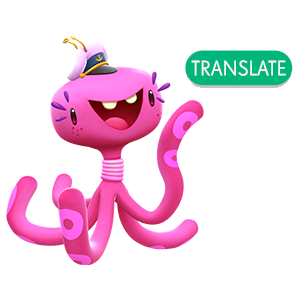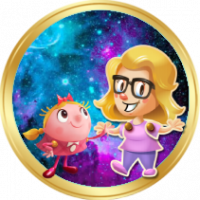
The Community in more languages
Now the forum welcomes more languages.
You'll see a green translate button in comments and discussions to turn them into English

‘Hippies dancing at a 'Love-In' at the Festival of the Flower Children in the summer of 1967.
As the 1950s gave way to the 1960s, the Beats and beatniks gradually gave way to a new kind of counterculture: the hippies, who actually preferred to call themselves “freaks” or “love children.” The hippies were much younger than the beatniks (they could even have been the Beats’ children) and had a much different style. They listened to folk and rock music, not jazz; they dressed flamboyantly, in bright colors, where the Beats and beatniks had favored shades of black and grey. Ripped jeans, bell bottoms, tie-dyed clothing and flowers worn in the hair were all big parts of the typical hippie style.
The biggest difference between the hippies and the Beats? “LSD came on the scene,” Rorabaugh says. “The hippie counterculture, more than anything else, was about taking LSD. Seeking spiritual perfection through drugs, but particularly through psychedelic drugs."
The vast majority of hippies were young, white, middle-class men and women who felt alienated from mainstream middle-class society and resented the pressure to conform to the “normal” standards of appearance, employment or lifestyle. By wearing their hair long and growing beards (for the men), taking drugs and exploring spirituality outside of the confines of the Judeo-Christian tradition, hippies sought to find more meaning in life—or at least have a good time.
Though the Haight-Ashbury neighborhood of San Francisco and New York City’s East Village were famous hippie meccas, the movement thrived all over the country. In a cover story published in July 1967, during the “Summer of Love,” Time magazine reported that the hippie movement was “blooming in every major U.S. city from Boston to Seattle, from Detroit to New Orleans,” encompassing some 300,000 people. Many hippies eventually chose to move outside the city, where the cost of living was lower. (Hippies were perennially broke.) On a growing number of rural communes, hippies joined disaffected political radicals and Vietnam draft dodgers in embracing back-to-the-land living, including free love, organic farming, vegetarianism, holistic medicine and a lot of marijuana use.
How Hippies Changed the Counterculture - Among the various groups that made up the vibrant ‘60s counterculture in the United States—including the civil rights movement, the Black Panthers, gay rights and women’s liberation activists, anarchists and other political radicals—hippies stood out for their relative lack of a distinct political ideology. Hippie politics was more a “politics of no politics,” Rorabaugh says. “One of the things hippies said was 'you should do your own thing, you should do whatever you feel like doing.'”
All the same, it’s no accident that the path of the hippie movement that emerged in the late ‘60s traced very closely the trajectory of American involvement in Vietnam. Hippies saw mainstream authority as the origin of all society’s ills, which included the war. According to Rorabaugh, hippies joined with political radicals in their support for the civil rights movement and their opposition to the Vietnam War. “Hippies would agree with that, but they would not protest,” he points out. “That was the difference—hippies were not protesters.”
The most identifiably political hippie group was the Diggers, an anarchist organization formed in 1966 in San Francisco. They were known for passing out free food to the hippies panhandling in Golden Gate Park and operating a free store (stocked with stolen goods) that would provide clothing for draft dodgers and AWOL soldiers seeking to go incognito. Like the Diggers, the Yippies, or the Youth International Party (YIP) founded in early 1968, also tried to attract hippies to politics, with little success.’ (Source)
“I don’t remember anything about the Diggers or Yippies,” says Elsa. “I just knew a little bit about the hippies and they were the flower children. I remember seeing pictures of them at the airports handing out flowers to everyone. Let’s do more googling.”
Let’s continue – Yeti wants to learn more about hippies
Start at the beginning – Tiffi and Yeti learn about Woodstock